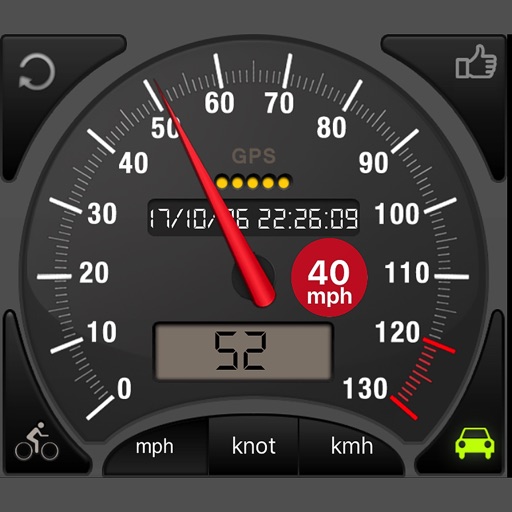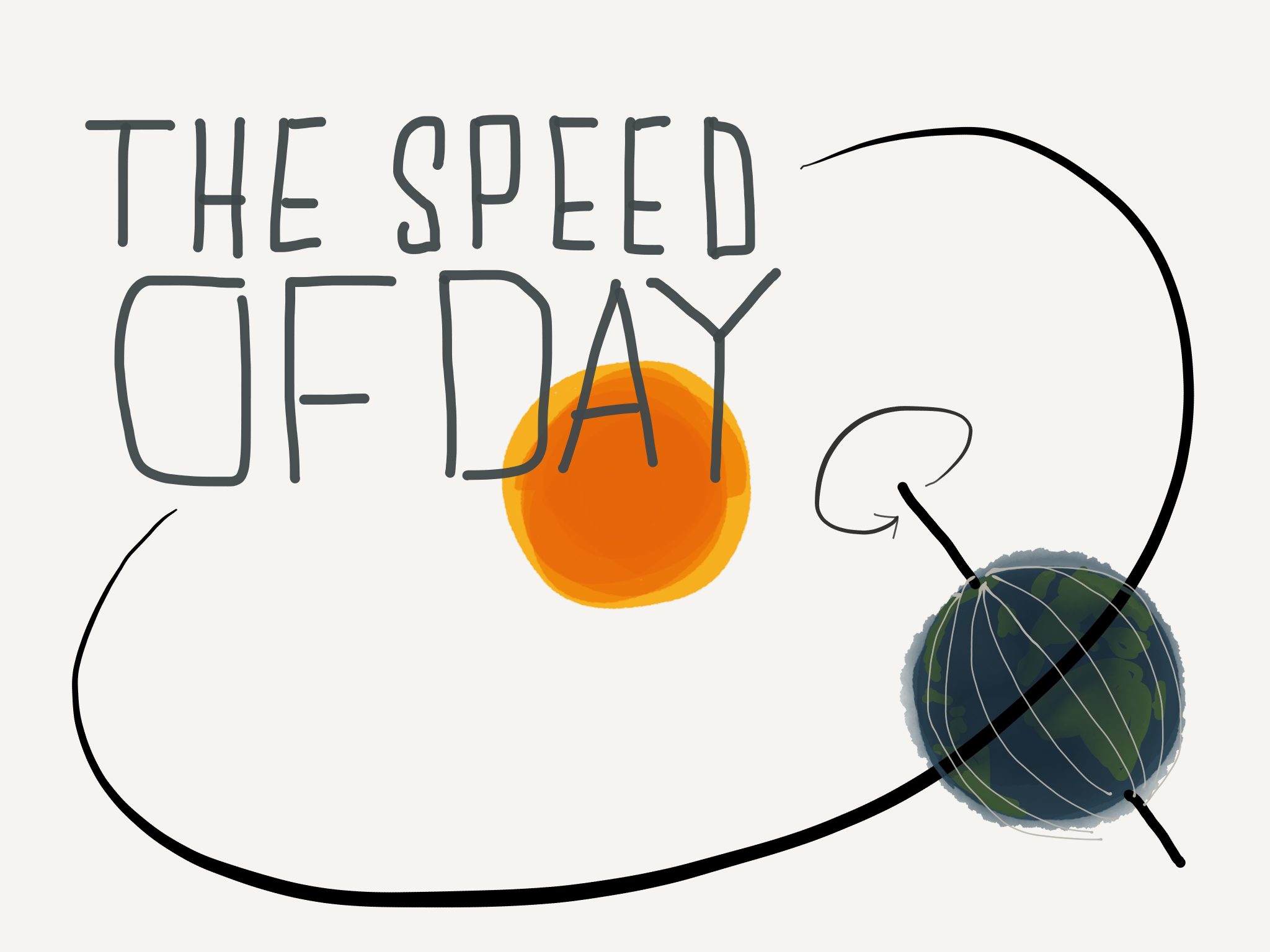
Joby plans to launch its air taxi in 2024.
The aircraft has an even lower acoustic footprint during flight, boasting a noise level of just 45 dBA when flying at an altitude of 1,640 ft (500 m), at a speed of 115 mph (185 kph). Solution : Mach Number (Speed of body in any medium)/(Speed of sound in that medium)According to question
2(velocity.
In addition to being a zero-emission aircraft, Joby’s air taxi has a very low acoustic footprint, with a noise level of less than 65 dBA during take-off and landing, which is the sound level of a normal conversation. The eVTOL claims to offer a range of 150 miles (241 km) per charge and can hit a top speed of 200 mph (322 kph). Getting the green light from the JCAB is an essential step for Joby to be able to launch the aforementioned aerial ridesharing services in the Asian country.īevirt added that with 92 percent of residents living in urban areas, there’s a spectacular opportunity to save people time in congested cities like Tokyo, Yokohama, and Osaka, while also reducing their impact on the environment at the same time.Īs for the aircraft Joby plans to use for ridesharing services, it is a quiet, spacious, five-seater that has enough room for one pilot and four passengers, with the manufacturer boasting that flying in it feels like riding in a luxurious SUV. Now, the eVTOL developer confirms that it has formally applied for Japan aircraft certification to the JCAB (Japan Civil Aviation Bureau), for the validation of an FAA (Federal Aviation Administration) type certification. Back in February, the company announced that it signed an agreement with Japan’s largest airline, ANA, to establish an aerial ridesharing service in the country and offer a new form of clean and affordable urban and regional connectivity across Japan, as explained by JoeBen Bevirt, Joby Aviation CEO.

Subsonic conditions occur for Mach numbers less than one, M < 1. Measurements have been made in Norway and Denmark in 1993. The Mach number M allows us to define flight regimes in which compressibility effects vary.

To expand this method to the speed range 30-50 km/h the Nordic noise group decided to make measurements in all the Nordic countries. The Nordic prediction method for road traffic noise uses the same noise level for all speeds equal to or less than 50 km/h. ROAD TRAFFIC NOISE WITHIN THE SPEED RANGE 30-50 KM/H MAETNING AV FORDONSBULLER I TAETORTSTRAFIK: HASTIGHETSOMRAADET 30-50 KM/H


 0 kommentar(er)
0 kommentar(er)
